From the sizzling hot dog stands on Manhattan’s street corners to the colorful night markets of Hong Kong and Taipei, street food vendors have become part of the fabric of cities around the world, providing snacks and meals for millions, regardless of social status or income.
In some cities, you can get to know their culture and cuisine without ever having to set foot in a restaurant. And while certain street food markets might seem like a novelty to western tourists–something to say we’ve “done” when visiting a particular location–for many locals, they’re simply the most affordable way to buy food.
To say that the COVID-19 pandemic has been a disaster for the world’s street food vendors and hawkers though, would be an understatement. Through no fault of their own, social distancing and empty urban cores have left vendors vulnerable, and many face permanent closure. And while a lot of us would desperately love to get back to eating these unique meals and support as many small businesses as we can, the question must be asked—is it safe to eat street food during this coronavirus pandemic?
Nick Gregory, co-founder of Assembly Underground, an independent street food event in the UK city of Leeds, said that COVID has been brutal for business. Unlike the outdoor street food stalls of warm climates such as India and Thailand, the indoor street food events that typically take place in colder countries like the UK arguably have even greater safety hurdles to clear due to the finite amount of room to socially distance.
Recommended Fodor’s Video
“The site went down from 250 seats to 92 seats,” Gregory explained. “We created a one-way system, we had a track and trace system, and hand sanitizers, too. We were cleaning every morning and wiping down every table.”
England is back on a nationwide lockdown for the second time, so Assembly Underground has once again closed its doors but the desire for street food is still there and Gregory has done all he can to make sure the experience is as safe as possible. Yet with so many businesses going under due to the pandemic, he’s aware that safety and profitability aren’t mutually exclusive.
“The focus has been on safety rather than profit,” he told me. “Of course, you have to make a certain amount of profit to stay open and survive, but you can’t cut too many corners at the expense of people’s health.”
It seems like adaptability is key, whether you’re a street food event in northern Europe or a hawker in Hong Kong’s famous Sham Shui Po district. In Bangkok, where the lack of tourists has had a crippling effect on the city’s famous street food scene, their vendors have now started connecting with each other so they can be ahead of the crowd and start selling each time there is a protest against the government. It seems a desperate tactic but it’s a way of surviving for a cuisine that’s such a huge part of Thai culture.

When the tourists do start coming back, it seems like social distancing will be initially key to the vendors staying open. Since COVID-19 is transmitted through airborne respiratory droplets, the risk of actually contracting the virus through food is low, providing that seller’s produce is up to the required levels of hygiene. It’s the setting that’s of more importance and will determine the degree of safety in the environment.
“Street food is actually one of the safest ways to eat out during the pandemic,” said Hugo Campbell, founder of Feast It, the UK’s largest events planning platform that covers around 700 street food traders. “Fundamentally, it generally tends to take place outside and traders are usually cooking within a socially distanced space, such as a van or gazebo.”
“Provided that queueing is dealt with appropriately,” he continued, “there’s very little chance of close contact.”
This is good news in terms of safety, but it may lead to a more sanitized, less spontaneous street food experience long term, especially with regards to the street food vendors of south-east Asia. We may start seeing less of the roadside vendors and a move to the more regulated markets often found in Singapore. This would likely have a positive effect on the hygiene of the produce, where pressure will be put on to improve standards.
As somebody who has been to those kinds of markets in Singapore, I found the standard of food to be undeniably excellent, though the atmosphere certainly didn’t compare to the experience of eating street food outdoors. And I wouldn’t have a problem with eating street food outdoors again in the future, which is something Nick Gregory also agrees with. “If I was in a well-known area for street food,” he told me, “then I would feel safe and I would trust the product.”
COVID may be the dawn of a rise in prices and perhaps a more homogenous street food experience, but those vendors need to be trusted and supported, wherever the future takes them.




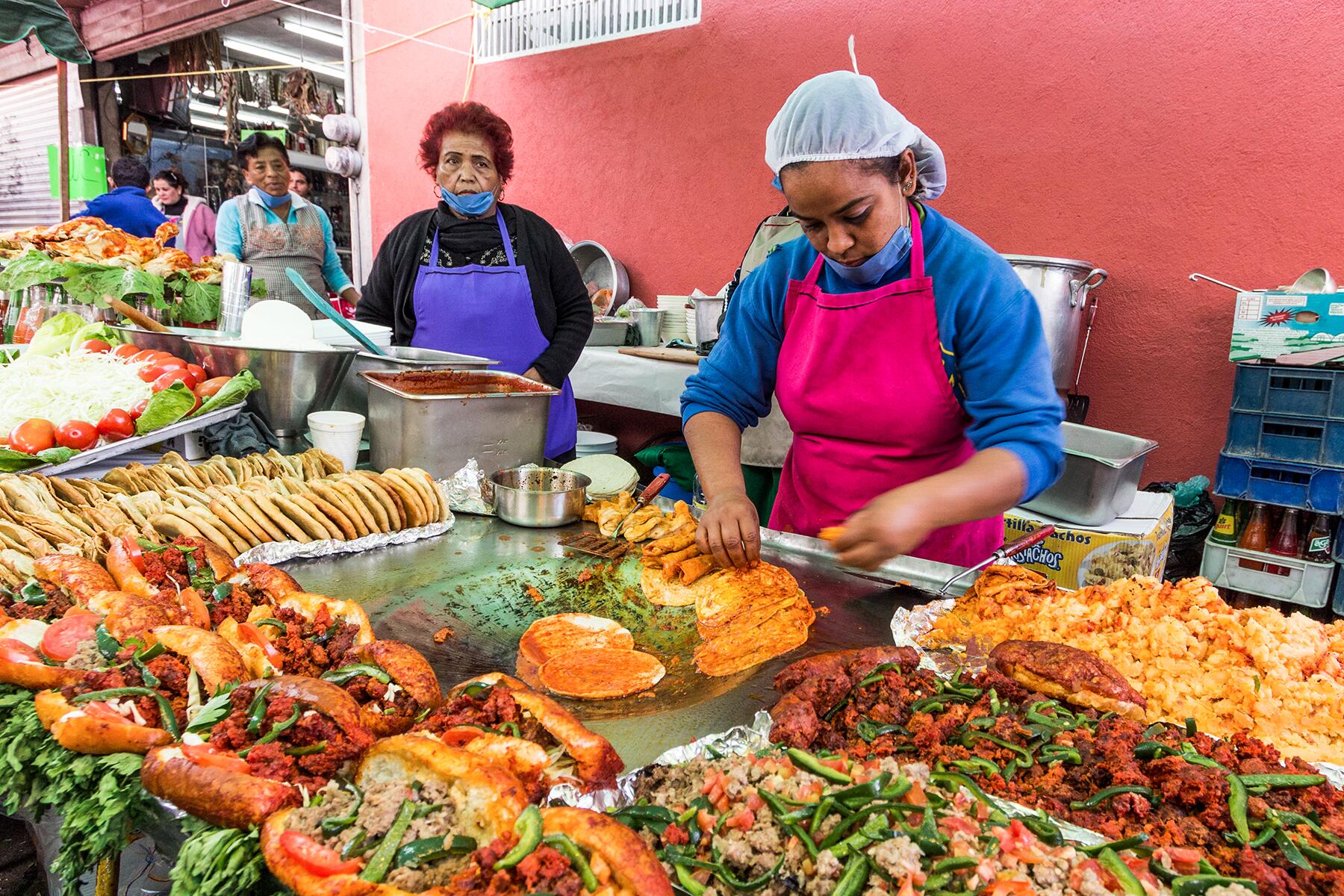
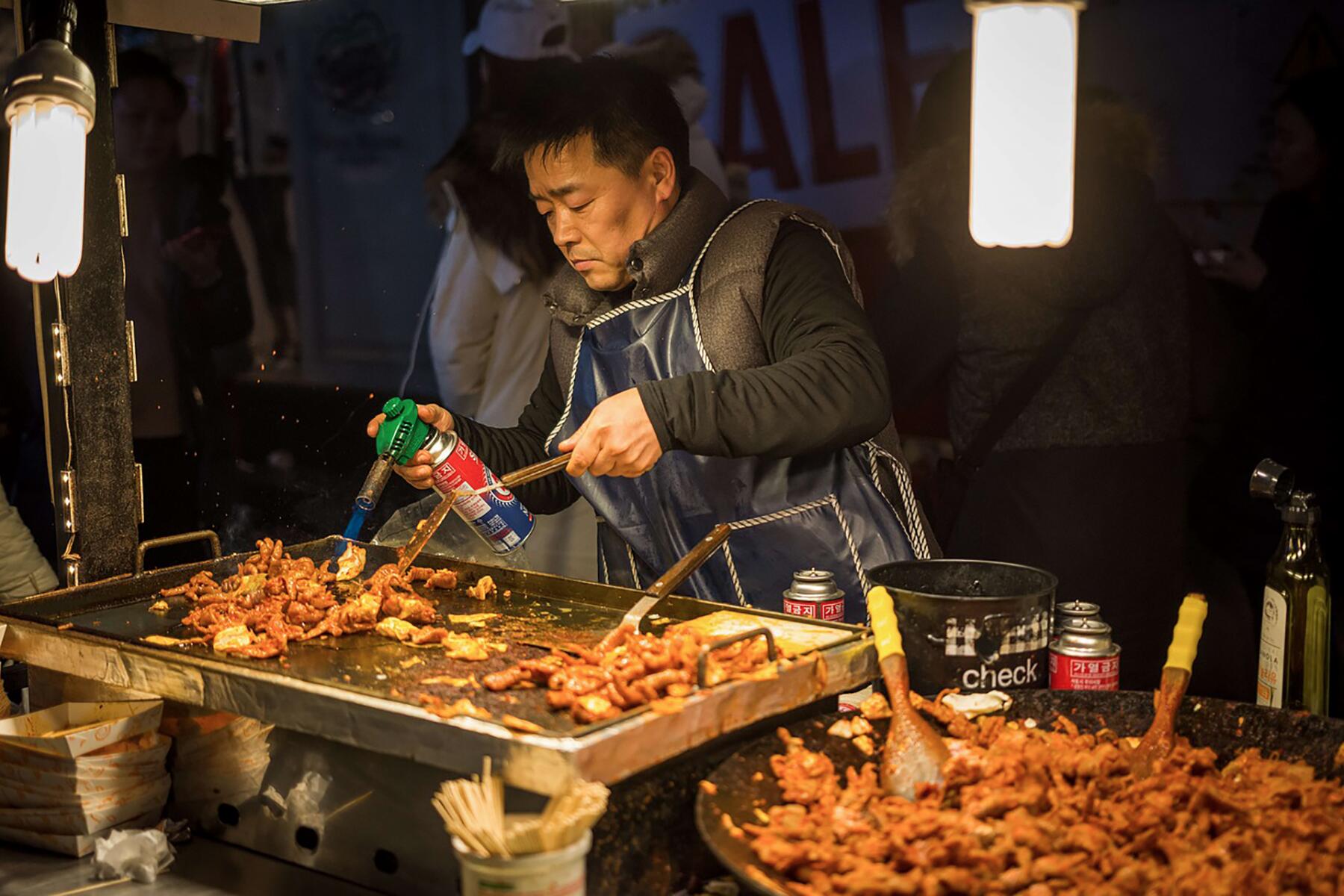
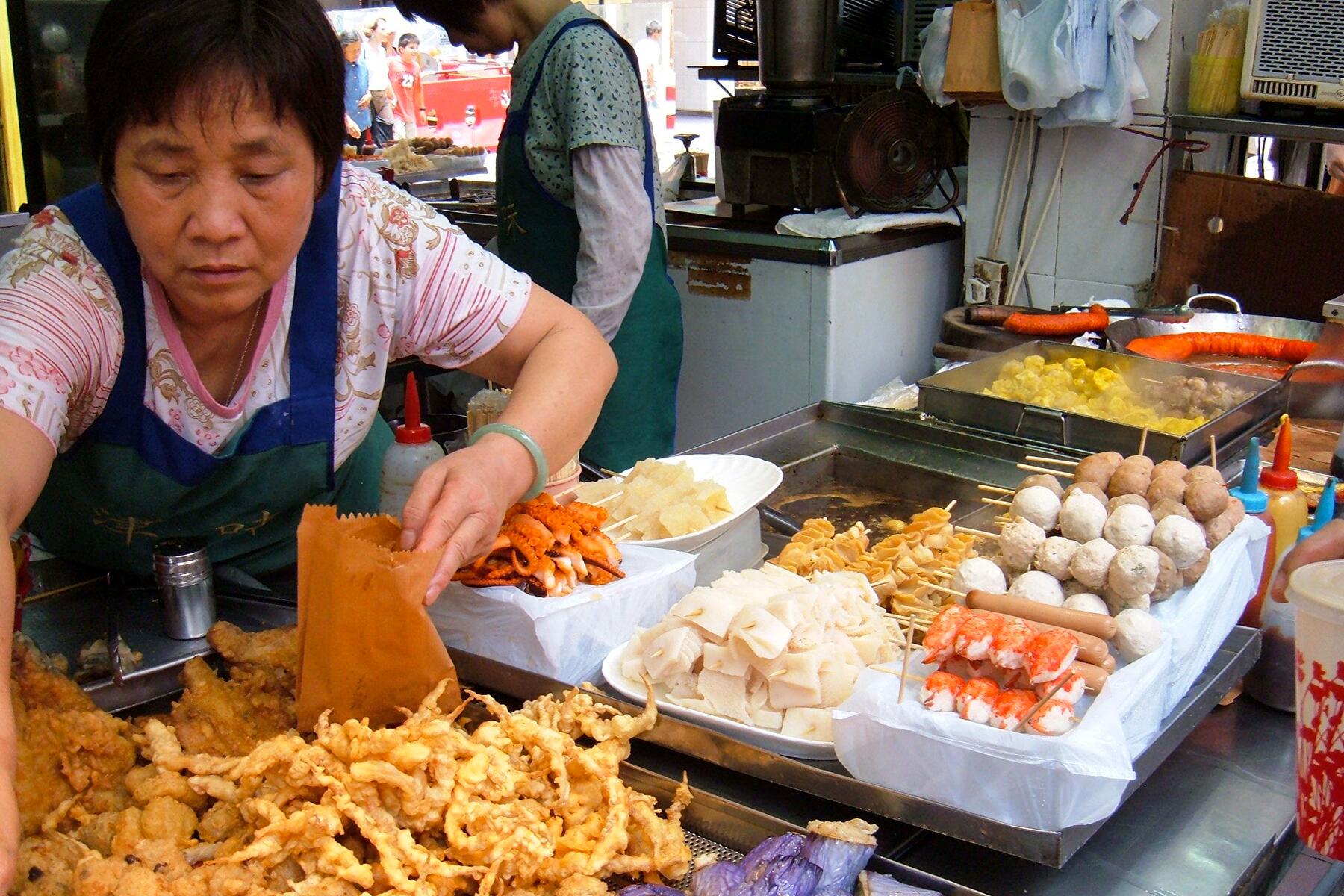
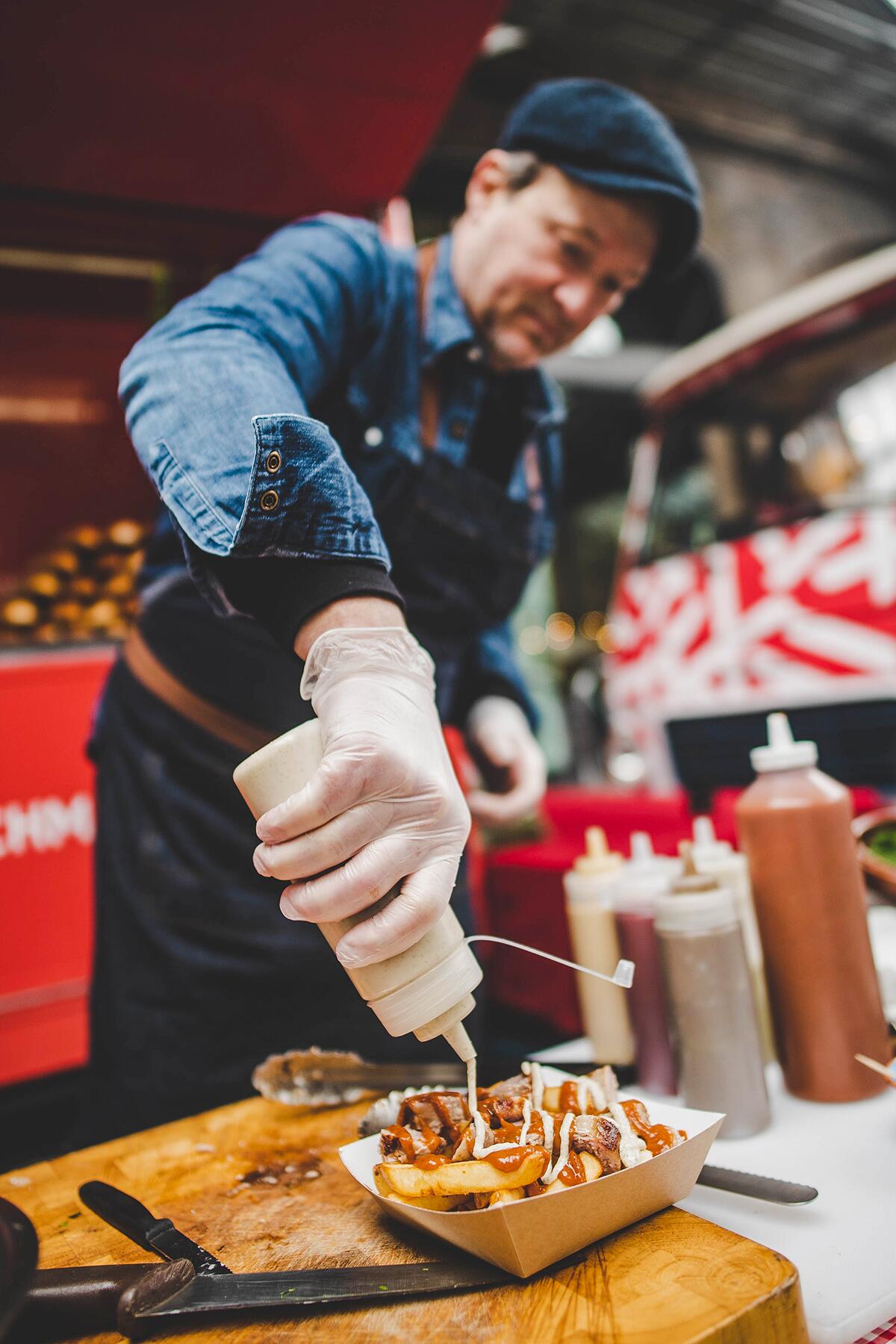
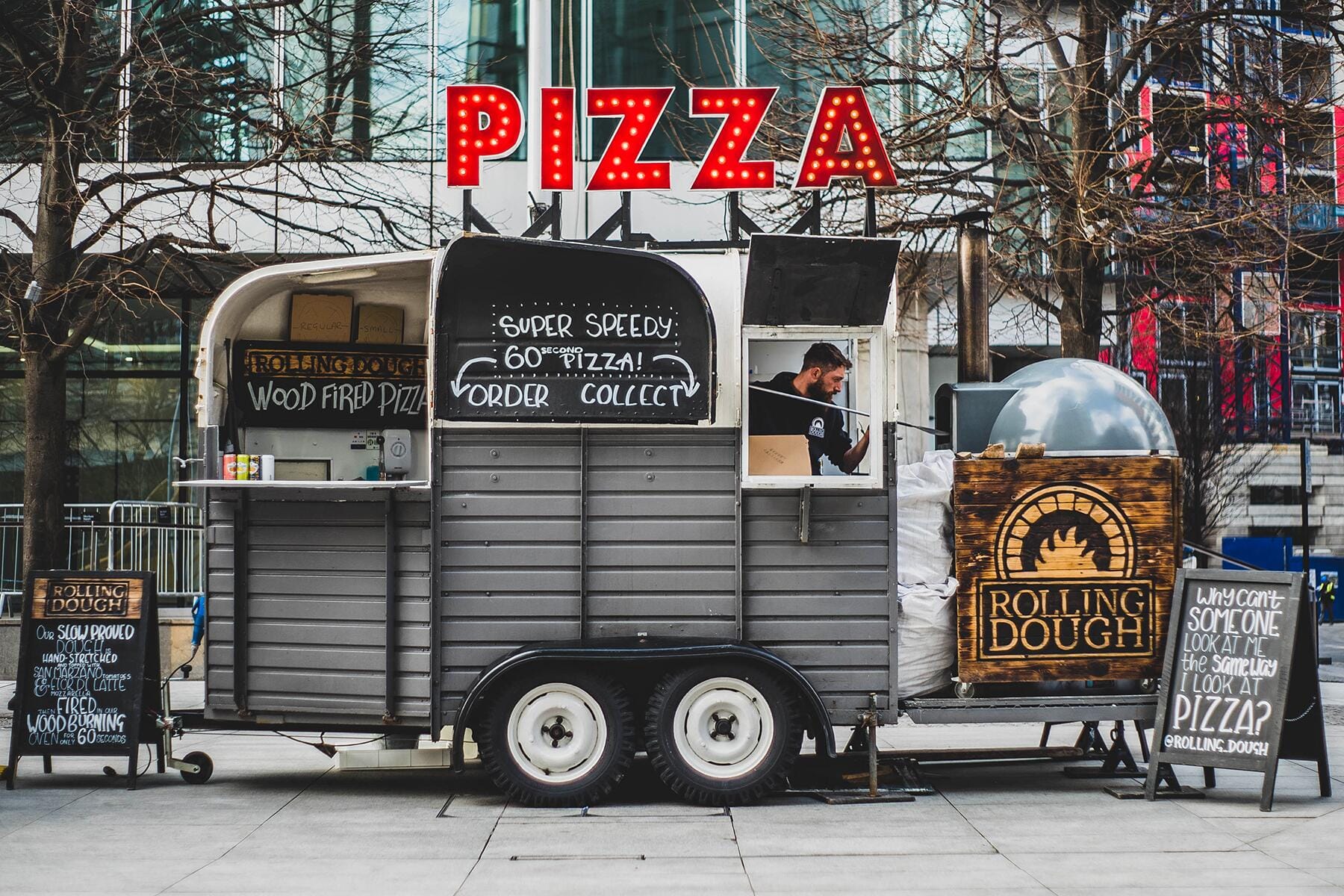
This is good news in terms of safety, but it may lead to a cleaner, less spontaneous street food experience in the long term, especially with regards to street vendors in Southeast Asia. As someone who has visited such markets in Singapore, I find that the standard of food is undeniably excellent, although the atmosphere certainly doesn't compare to the experience of eating street food outdoors.